It's not just a book
sexperimental
sexperimental
ORIGINAL INTIMATE SEDUCtIVE

treskow's note
Sexperimental began as a need to make something real—something physical.
A personal form of storytelling. Each copy is unique, handcrafted, and shaped by the unpredictable rhythm of creation.
It started in hotel rooms. Temporary, anonymous spaces that became makeshift studios. Cinematic backdrops. Places to improvise.
I wanted the book to carry that same energy. So I began weaving in hotel stationery, scribbled notes, and hidden fragments tucked between pages.
There’s no single way to experience Sexperimental. It’s meant to be touched, interpreted, explored. The texture of the paper, the scent of ink, the weight of each page—these are all part of the story.
Each spread is a scene. A fragment. A moment suspended.
Every reader becomes part of that process—curating their own version.
Like the moments behind the lens, no two copies are ever the same.
and this is just the beginning
SEXPERIMENTAL EVENING
It started quiet, around seven.
People drifted into the bar at Laperouse. Shadows on the walls, the music low, just enough space to let the tension breathe. Everyone’s eyes adjusting, curiosity waking up.
Then the shift happened. Ten books, one salon.
The room slowed down, like time itself loosened. Pages opened, people leaned in, choosing their own pace, their own way of slipping inside.
The femmes fatales were moving through the crowd in Maison Close pieces. Not loud, not theatrical — just there, brushing past, dropping a look, offering a taste of caviar like it was a secret. The kind of presence that makes you turn your head without even realizing why.
And the music — Deeply Dstrbd, Ivan Dorn, Stas — it wasn’t background. It carried the room into something slower, rawer. Somewhere between a pulse and a confession.
Little by little, everyone gave into it.
That oxygen feeling. The shimmer in the eyes, the breath changing. You couldn’t tell if it was the books, the music, or the people around you. Probably all of it together. It felt less like falling for someone and more like falling into something.
The night never really ended. It just slipped open, unbuttoned itself, and stayed with us.
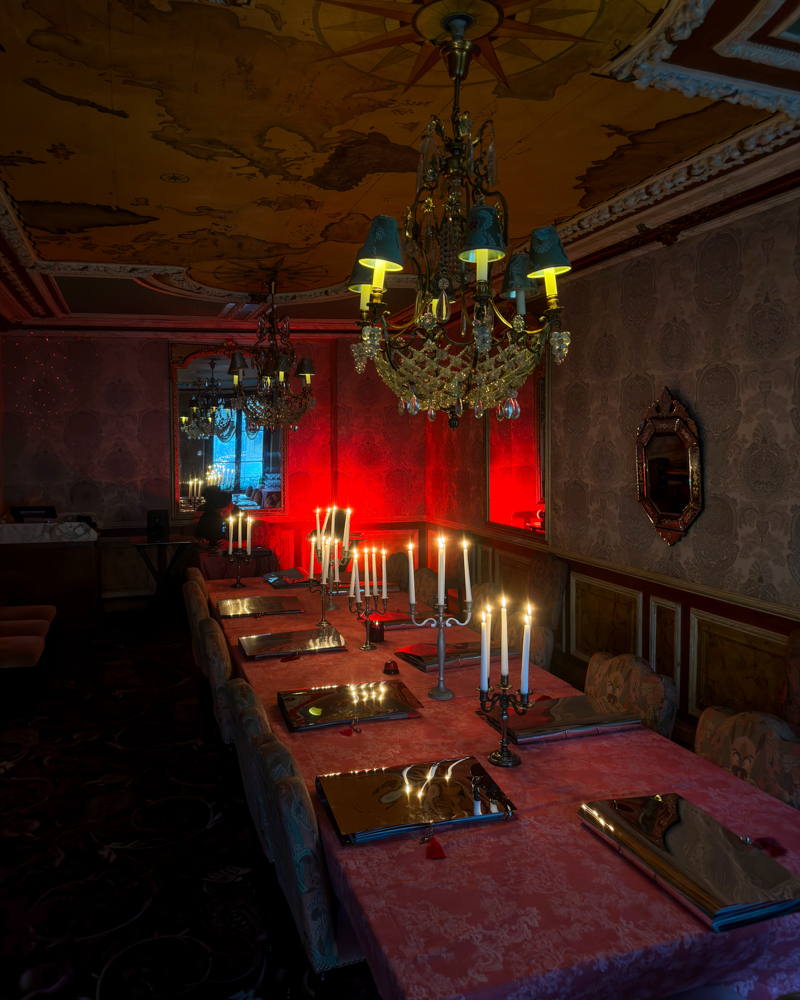

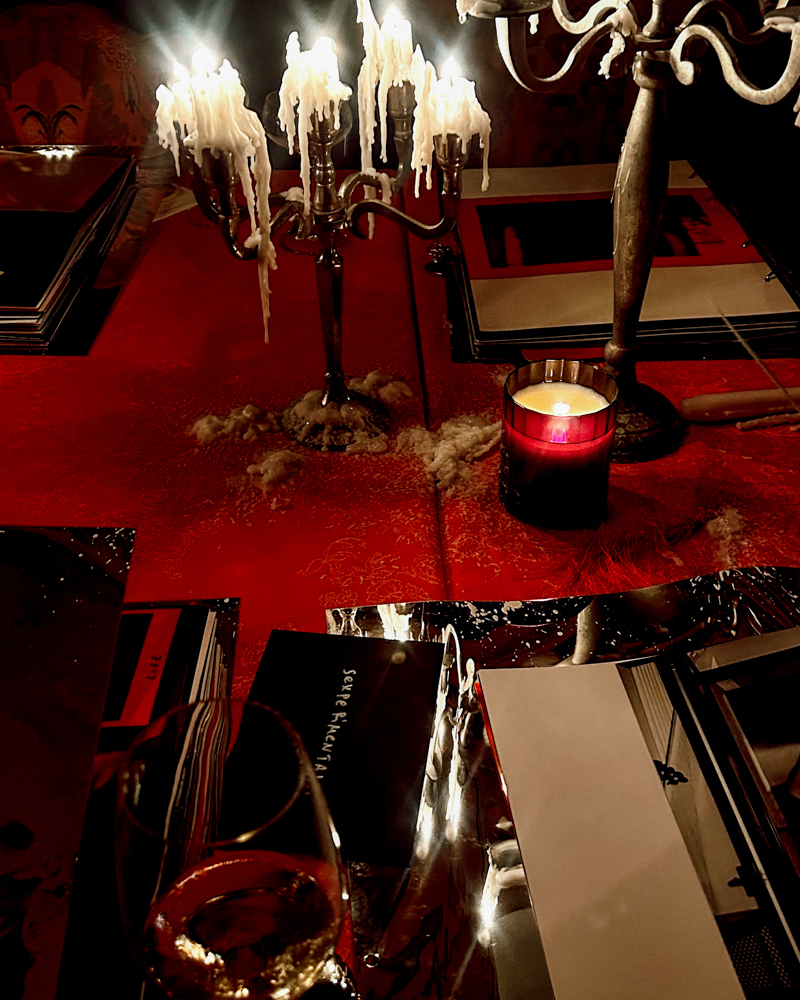
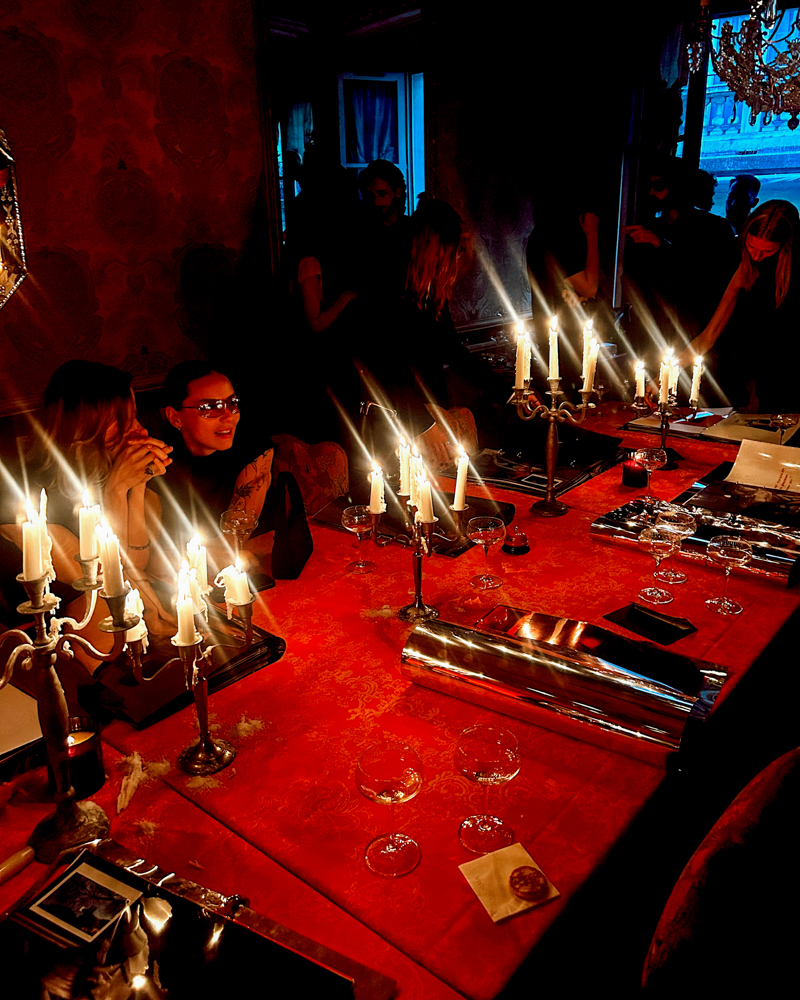
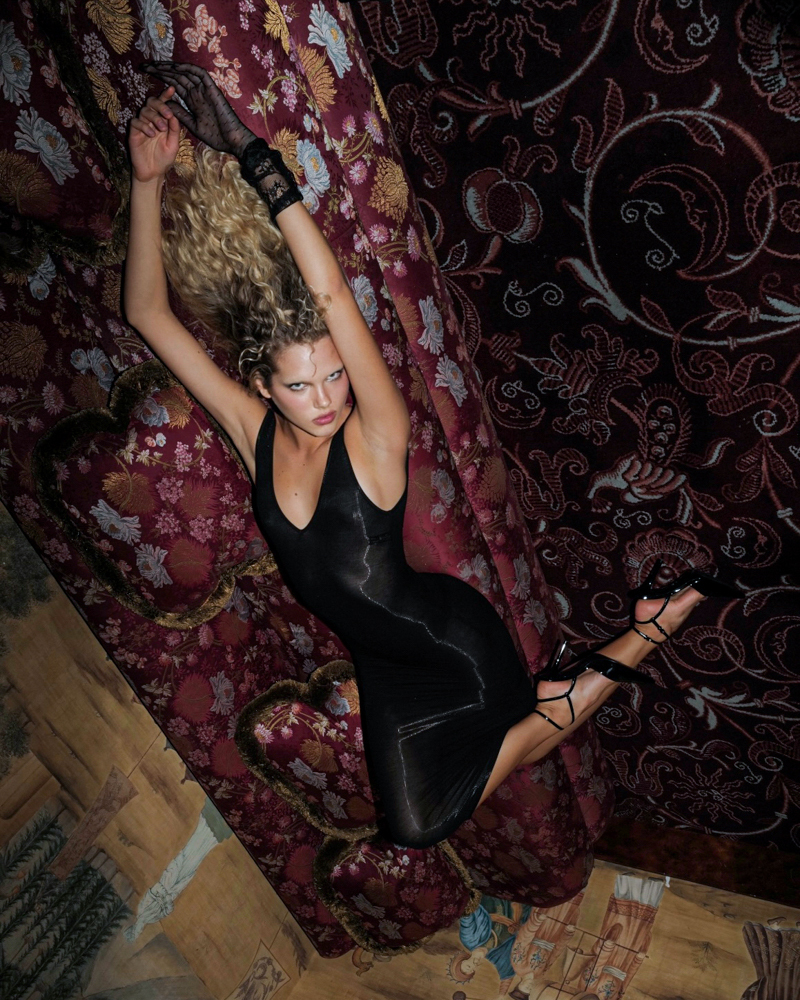
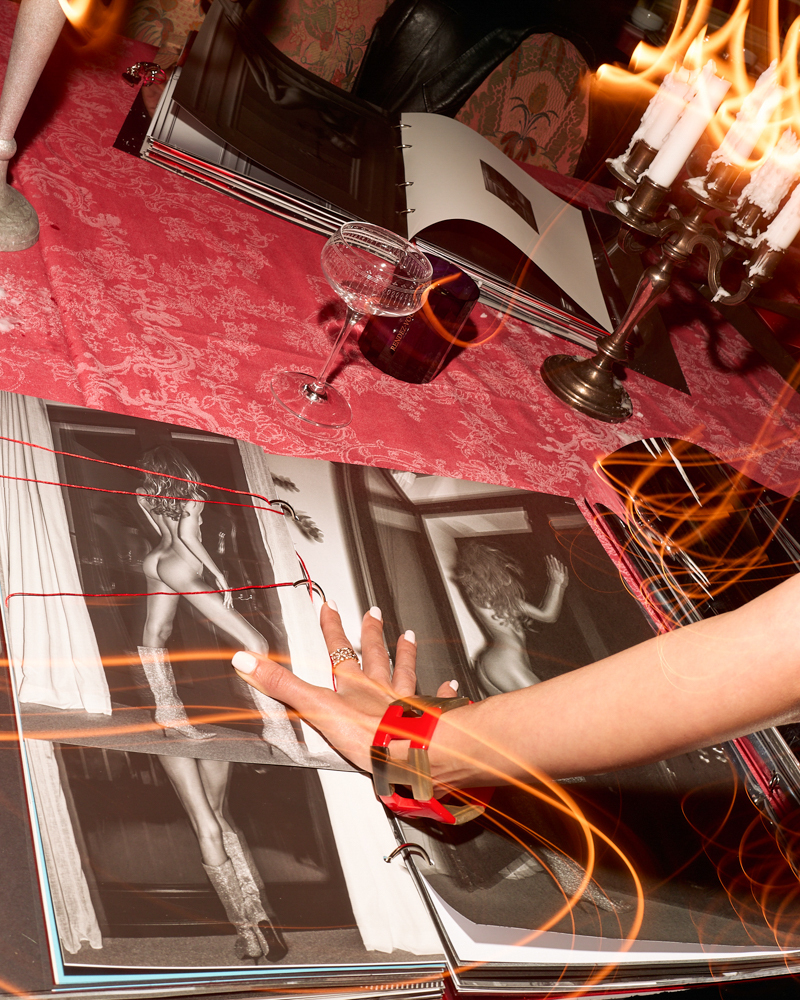

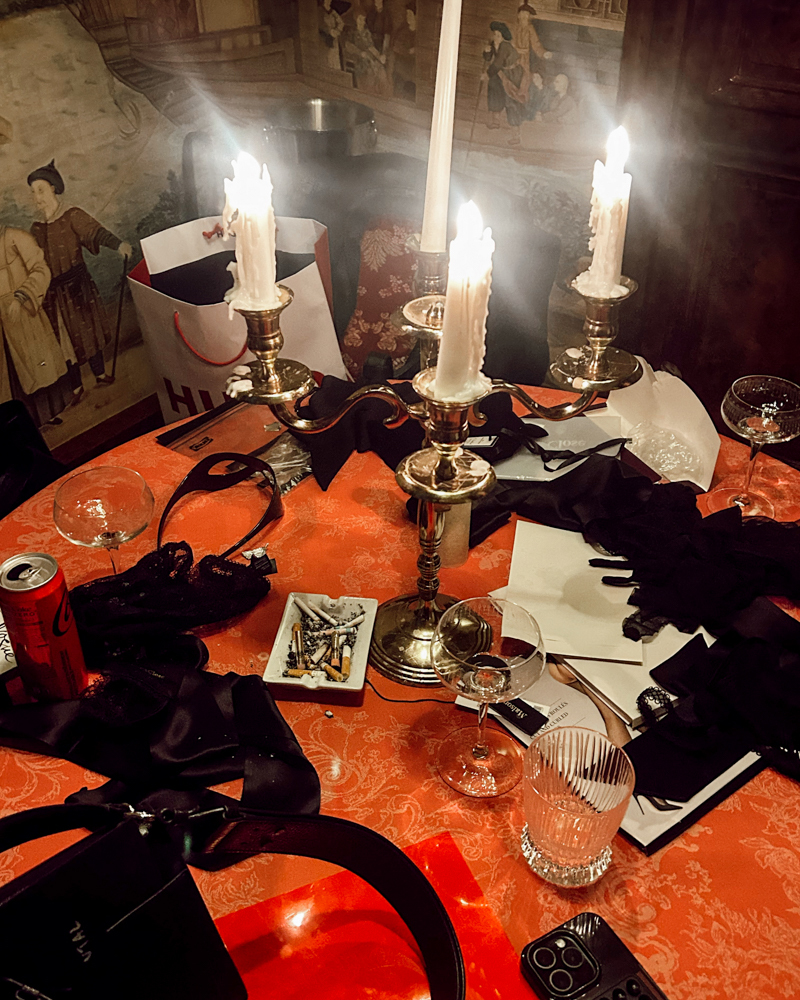
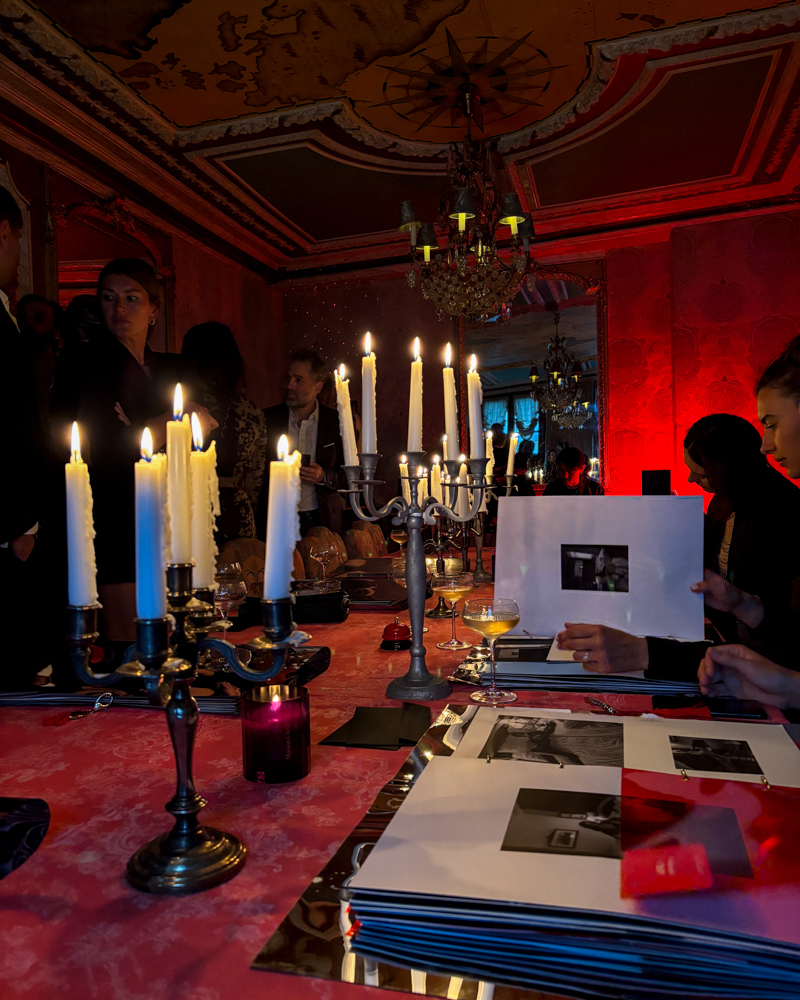
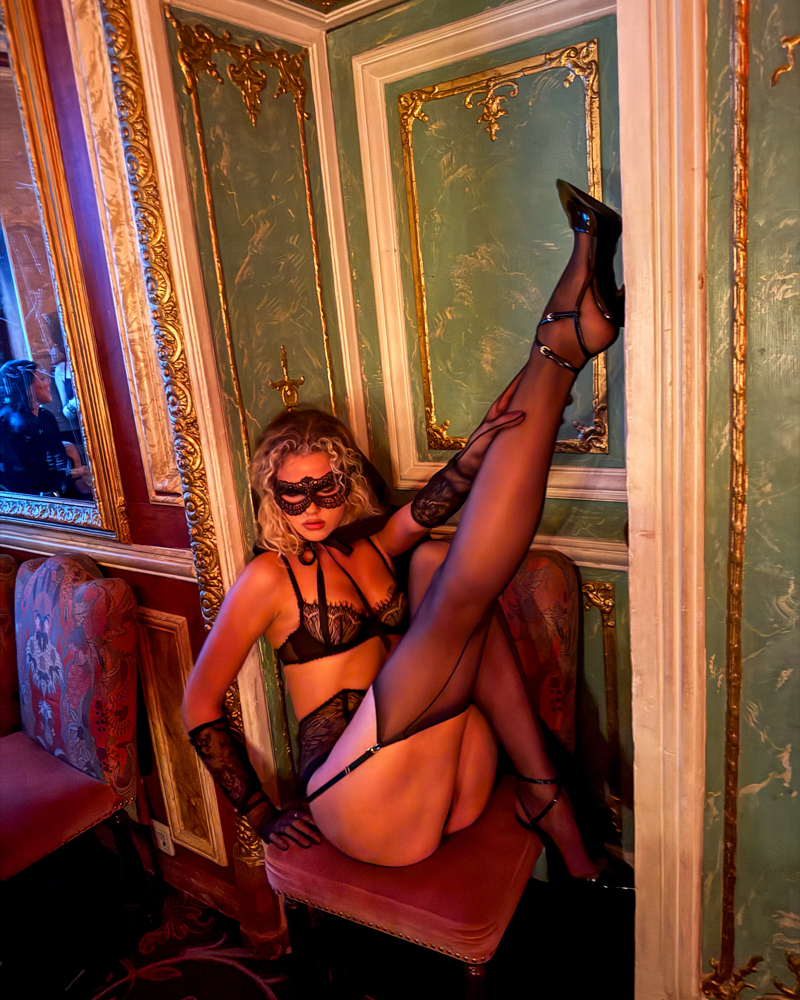


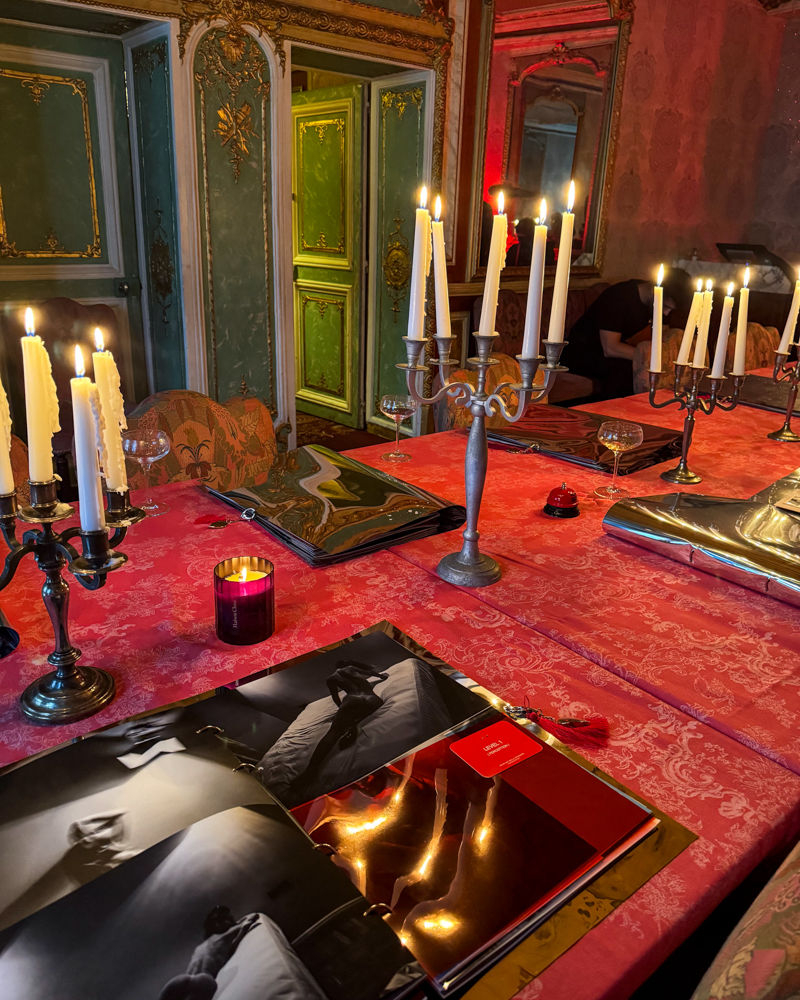

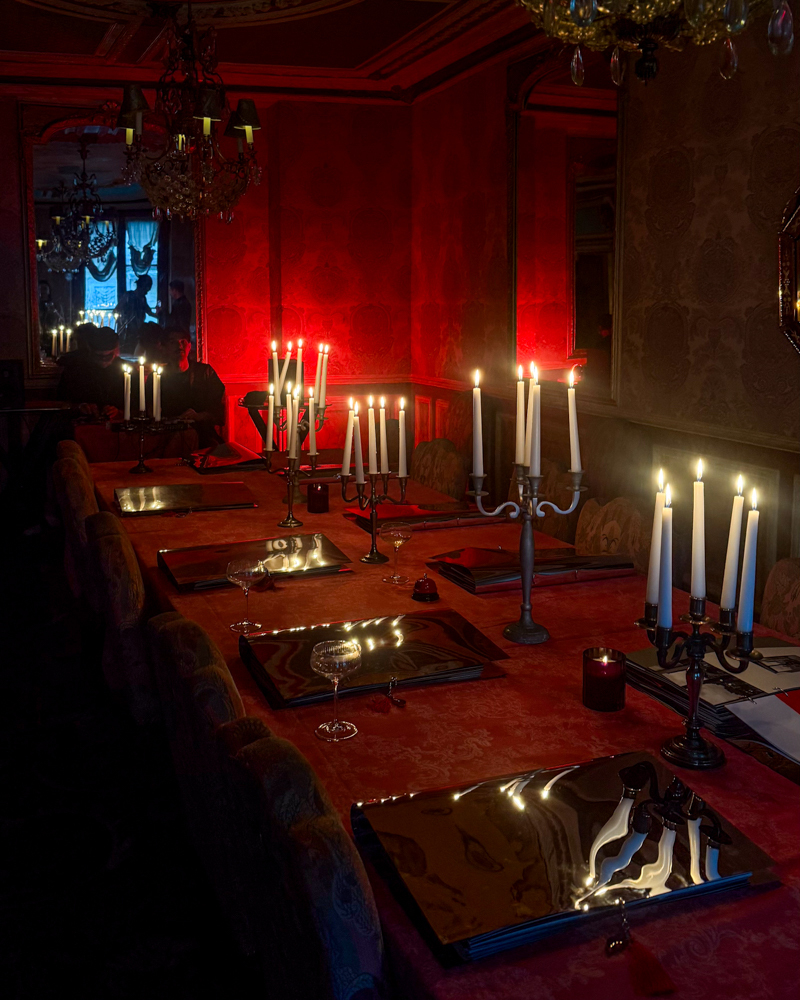
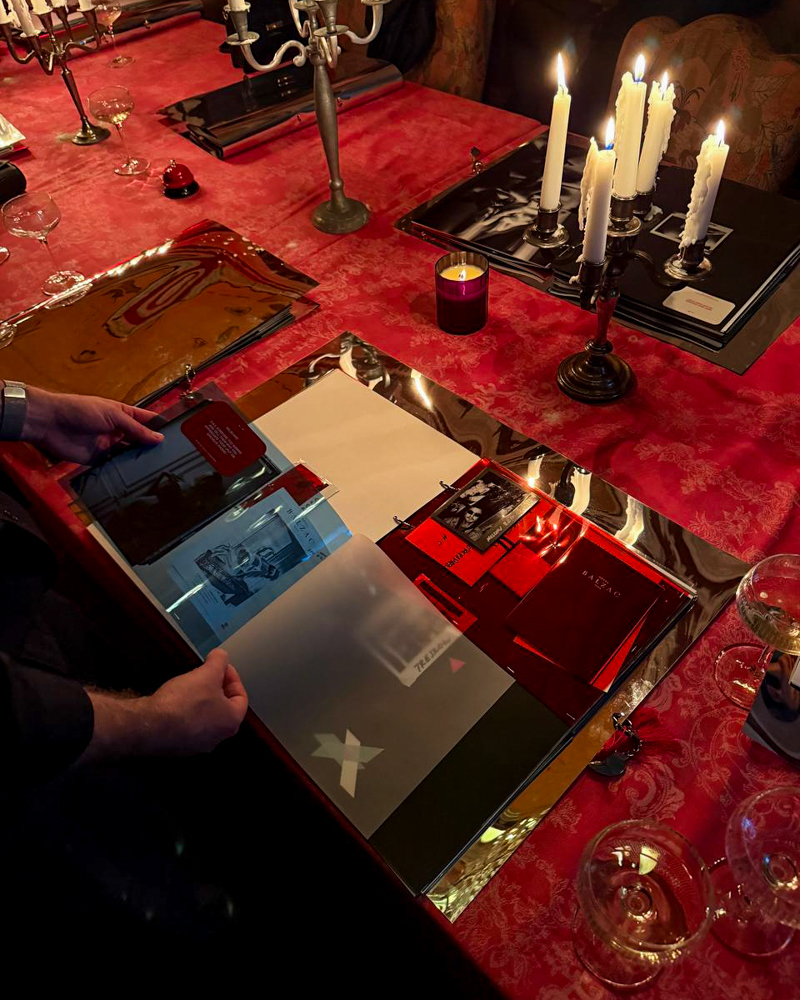
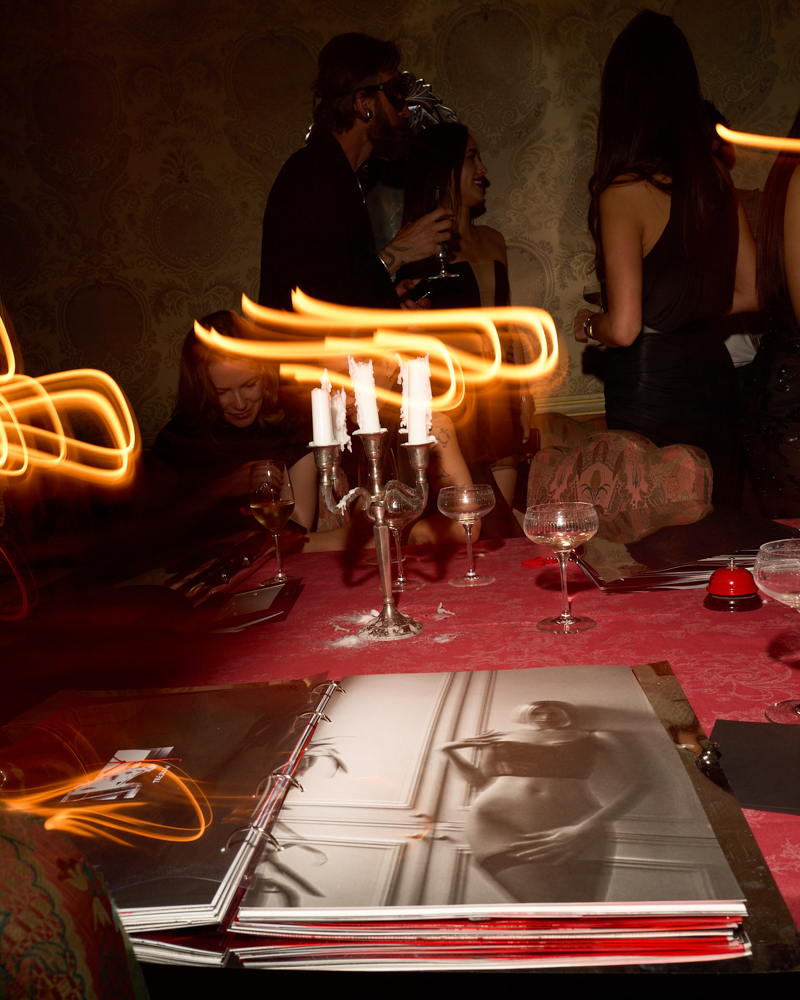
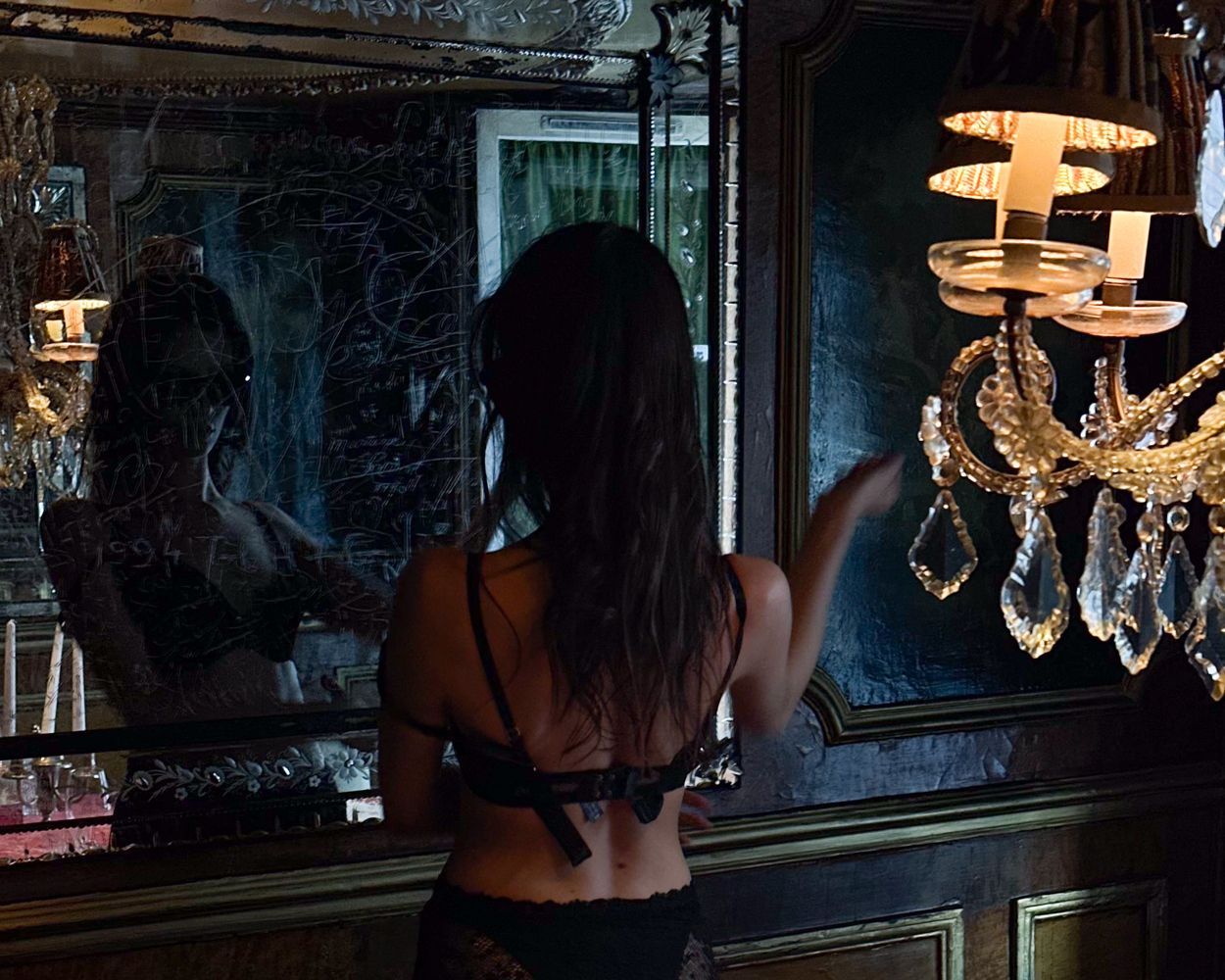
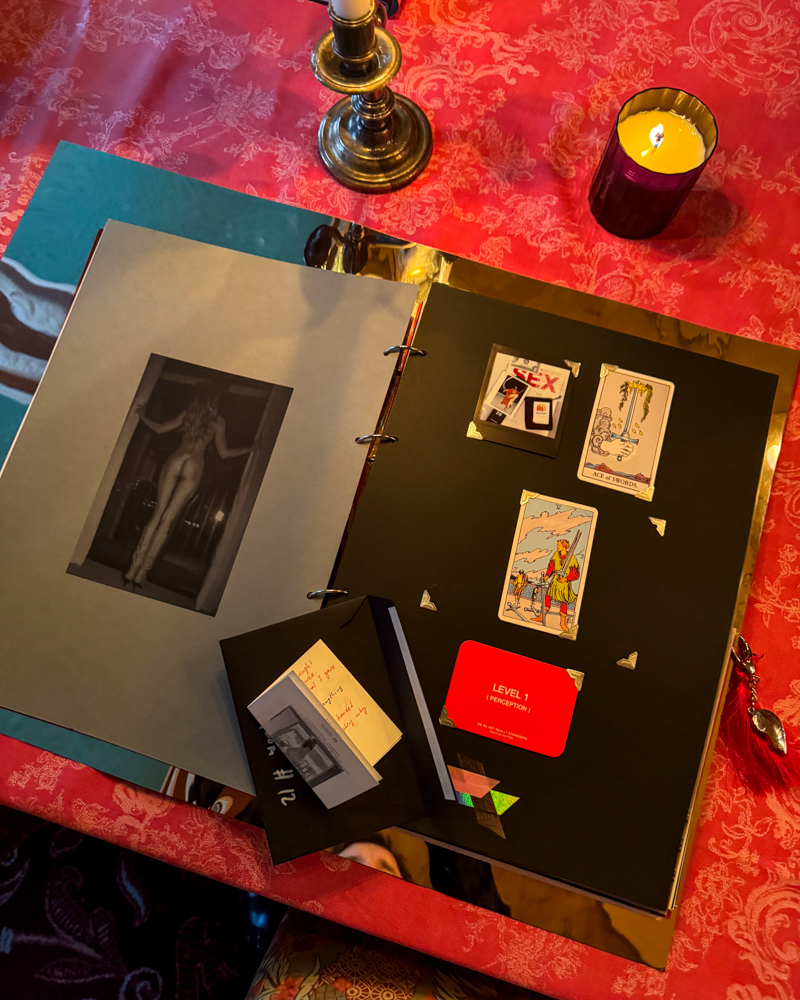

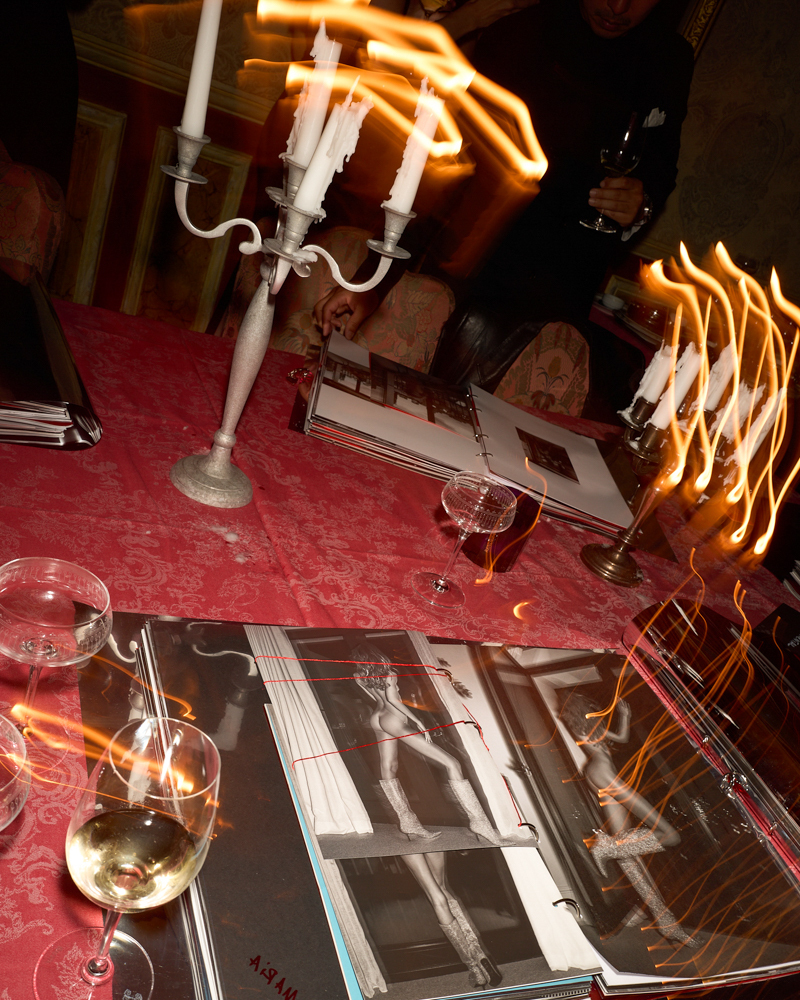
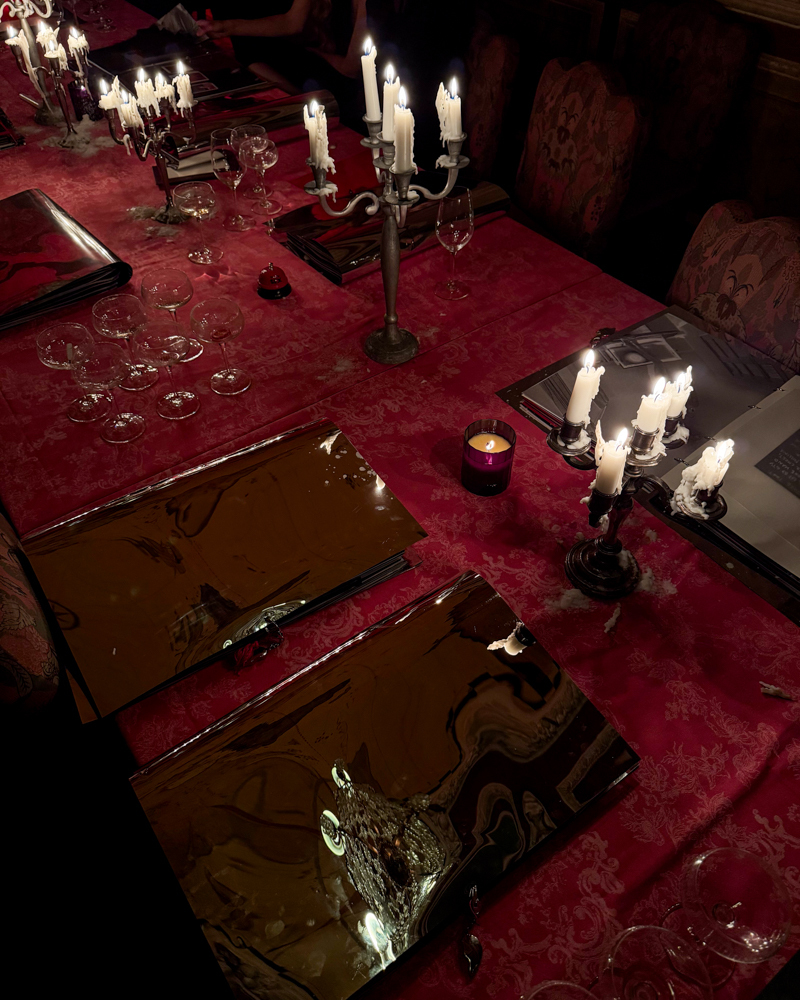
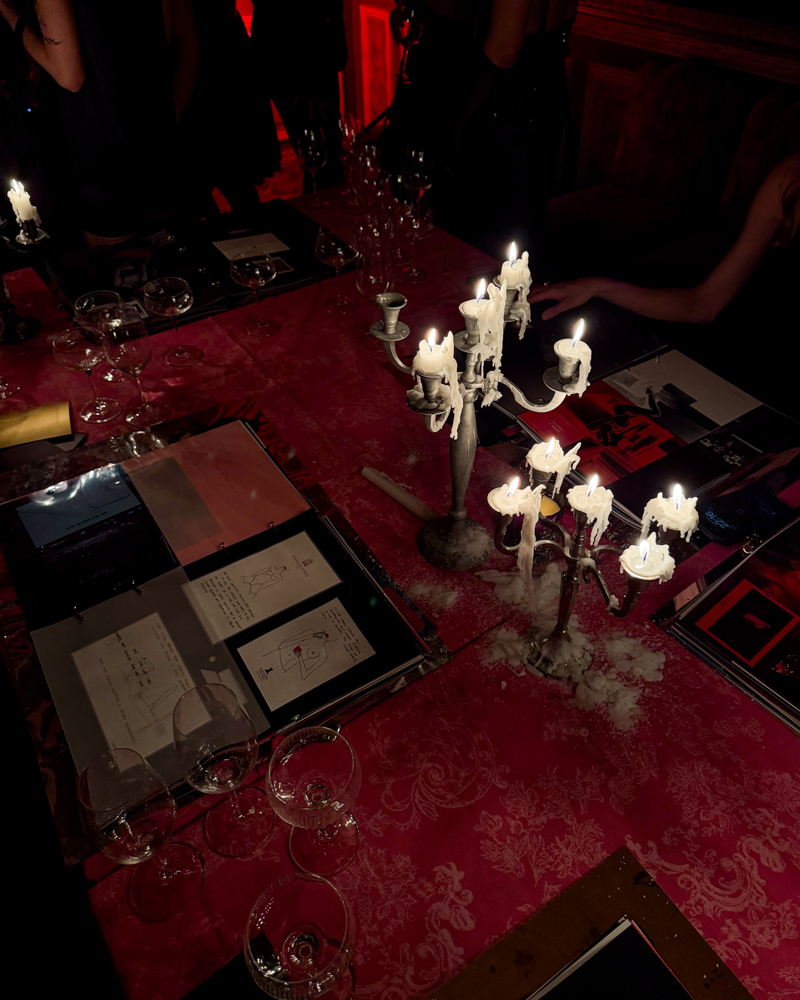
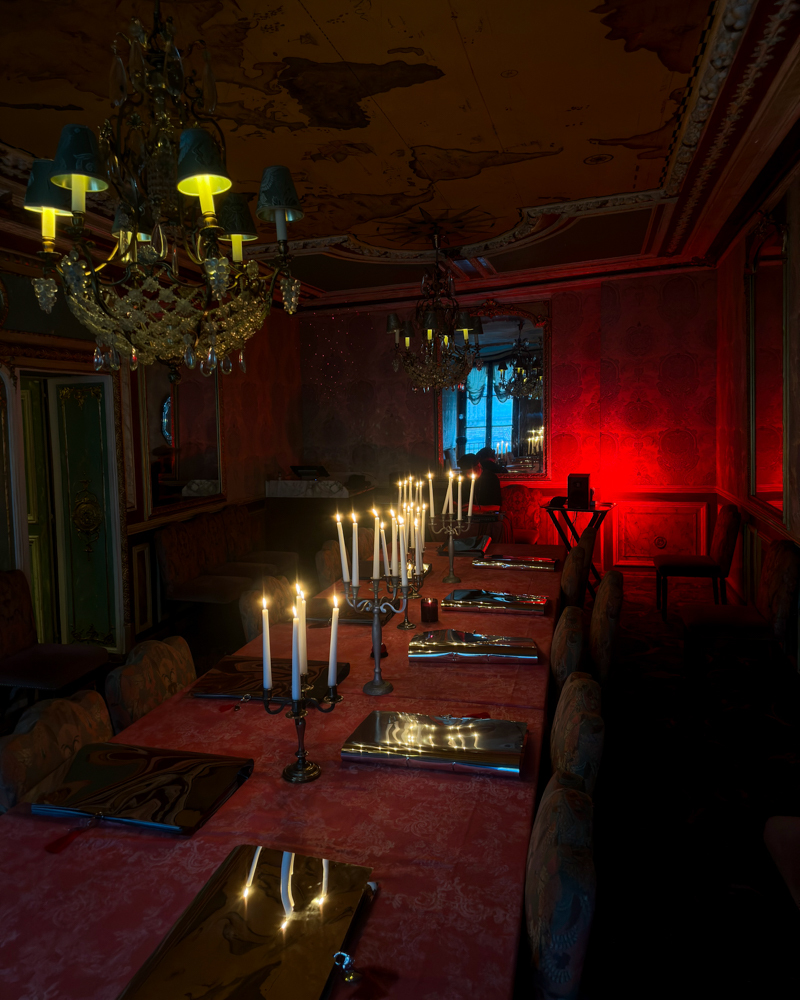

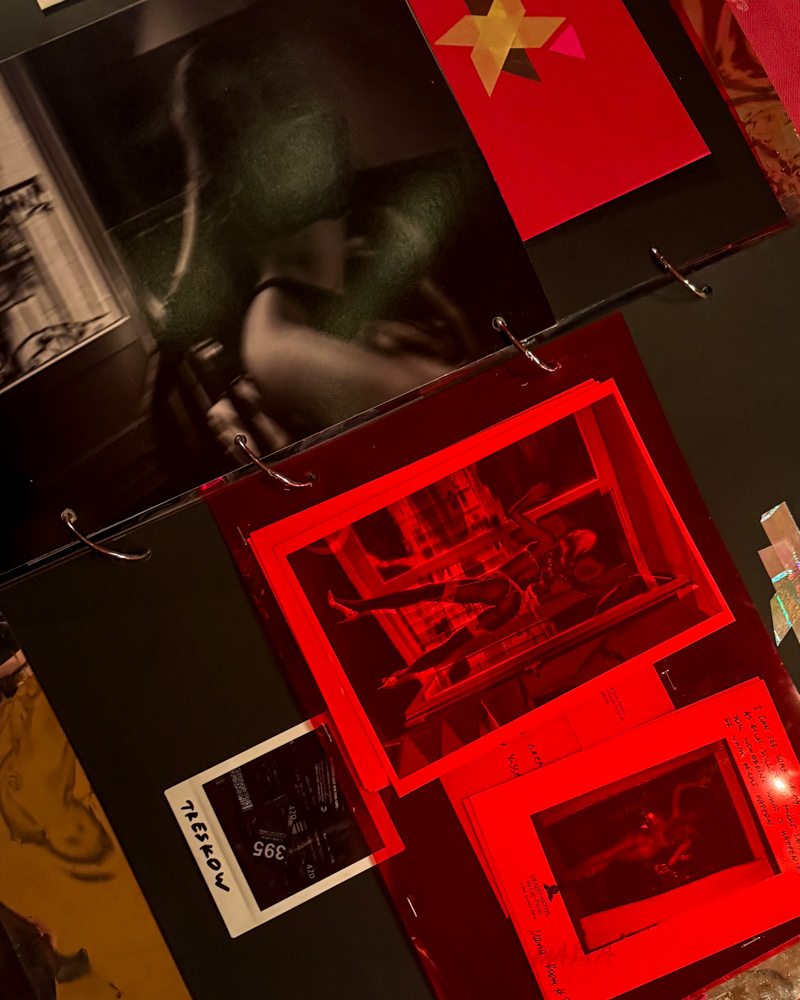
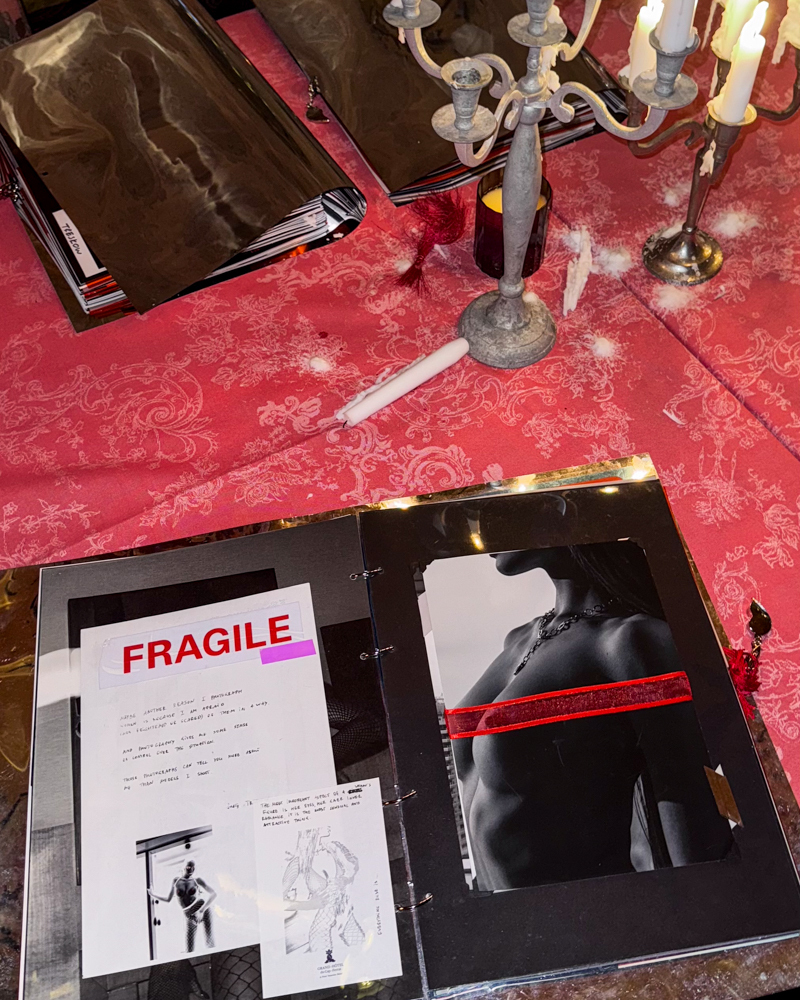
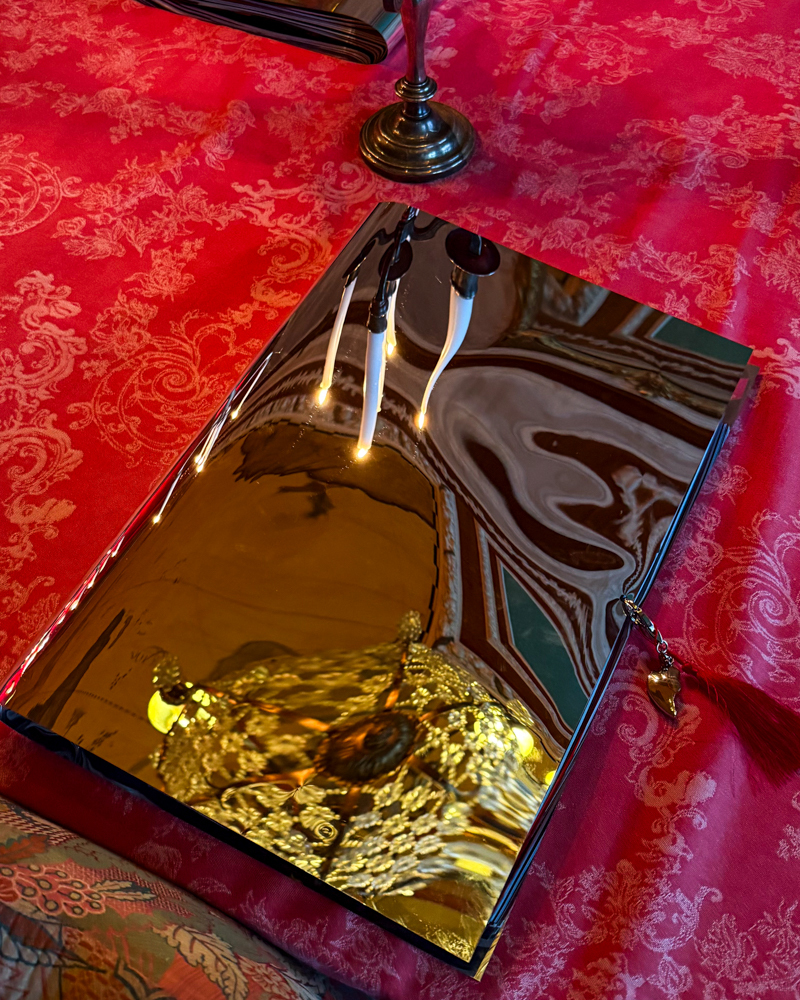
JURIJ TRESKOW
a letter from the photographer
— rue lauriston studio, paris
early february' 25
the beginning
I don’t really know what this will become.
I’m not even sure it’s a book.
It’s something between photographs, conversations, moments, and the silence in between.
Something I feel — but don’t quite know how to name.
I didn’t start this with a clear plan.
Just a quiet yes.
A sense of curiosity.
A desire to get closer — to myself, to others,
to the emotions and tensions we rarely express out loud.
At first, I was just taking pictures.
Then I started listening. Writing.
Interviews came. So did bodies. And stories.
And somehow, it all started to weave together.
Not into a finished product — but into a journey.
Sometimes I get lost.
Sometimes I wonder if I’ve gone too far, or not far enough.
But each time I return to these images, these voices,
something in me says: keep going.
I don’t know where this will lead.
But I want to follow it.
And see who I become along the way.
Paris, 2025
I don’t really know what this will become.
I’m not even sure it’s a book.
It’s something between photographs, conversations, moments, and the silence in between.
Something I feel — but don’t quite know how to name.
I didn’t start this with a clear plan.
Just a quiet yes.
A sense of curiosity.
A desire to get closer — to myself, to others,
to the emotions and tensions we rarely express out loud.
At first, I was just taking pictures.
Then I started listening. Writing.
Interviews came. So did bodies. And stories.
And somehow, it all started to weave together.
Not into a finished product — but into a journey.
Sometimes I get lost.
Sometimes I wonder if I’ve gone too far, or not far enough.
But each time I return to these images, these voices,
something in me says: keep going.
I don’t know where this will lead.
But I want to follow it.
And see who I become along the way.
Paris, 2025
INTERVIEW
an interview
the muse vs. the photographer
— rue lauriston studio, paris
late november '24
Between them lay Sexperimental—a book that refused to be just one thing
a puzzle, a game, a fleeting moment captured yet always shifting
“So,” she finally asked, tilting her head slightly, “where does it begin for you? the moment of creation—does it come as a whisper, or does it demand to be heard?”
Muse: So, this book... sexperimental. I love the playfulness of the title, but what exactly are you trying to achieve with this project? It's certainly not your typical photography book.
Photographer: Over the past few years, I found myself with a growing collection of photographs and nowhere to really show them. I stopped working with magazines, my last big exhibition—a whole show—was canceled two weeks before its launch due to COVID back in 2021. There were a few smaller exhibitions in Milan and Paris, but overall, it wasn't fulfilling. And then social media... Instagram and the others made it nearly impossible to share my recent work. Their algorithms are insane!
It was a blessing in disguise, really, but painful at first. You don't get the feedback you're used to, and there's a real danger of becoming a photographer who just feeds the Instagram beast, losing themselves in likes and comments. It was like this insidious shift was happening where I became dependent on those faceless likes and comments, the number of views... as if I was morphing into a photographer who just tries to satisfy the algorithms and invisible subscribers. It took a while to break free from that and get back to thinking in terms of projects again.
So with this book, I really wanted to shake things up. Do something different, something real, something that revealed the messy, chaotic nature of creation. And I thought, what better way than to make each copy totally unique? A tangible piece of the whole process.
Muse: That's what intrigued me the most. You're literally crafting each copy by hand?
Photographer: Yeah, it's totally hands-on. I mean, I'm right there in the process – printing the images, picking the paper, figuring out the layout… It's almost like this performance. This back-and-forth between me and the work itself. And because of that, every single book ends up different. Each one's its own unique variation, a total one-of-a-kind thing.
Muse: Fascinating! But with print supposedly 'dead,' why even bother with a physical book?
Photographer: Print in magazines, maybe. I can't recall the last time I bought one. I flip through the pages in seconds, nothing holds my attention. But photography books? Those I collect. It's a way to appreciate the photographer's work, a sign of respect. And it's a source of inspiration, a way to recharge, to find new perspectives, reimagine what's been said, and create something new—something filtered through my own experience.
Muse: I see. Why not find a publisher, then? Why handcraft each copy?
Photographer: It's difficult for me at this stage. Perhaps I'm limiting myself by not reaching out to publishers. But my process is very fluid, intricate. I don't have a fixed outcome in mind. It's not necessarily easier this way, but it's my path, and it yields results. Sometimes it's hard to explain, even to myself, what it is and how it works. I simply keep going and maintain the momentum. Sometimes I feel stuck, but that's part of the process, a necessary part, even if it's agonizing.
Muse: Okay, I get it. But wouldn't working with professionals elevate your work? Perhaps together you could create something even greater?
Photographer: Most likely. It depends on my readiness and confidence, and maybe I'll get there. For instance, the exhibitions I organize, the photography courses I teach, the books I publish, even my website – I've always done everything myself. None of this fit into any existing format, and I was interested in finding original ideas that inspired me, ideas that I could learn from and grow. It's essential for me to return to myself, to find new solutions from within, incorporating external influences but filtering them through my own lens to create my original style.
Plus, with this book, I can express my creative search for form and content, which I try to illustrate through the bookmaking process itself.
Muse: It's interesting how you've divided the project into two volumes. What's the story behind that?
Photographer: I used to be on the road all the time, living out of hotels. And at some point, I started snapping pictures in those rooms, just playing around. But something interesting happened – the photos had this cool, cinematic vibe. I felt different shooting there, and the models did too. It was like this artistic, playful energy just took over.
Suddenly, hotels weren't just for crashing at the end of the day, they became my own personal studios!
But it wasn't just about the vibe. Each hotel room was totally unique. Way different than shooting in a studio or out on the street. It was a fresh canvas every time, something new for me and the models to work with. Plus, there's something about hotels that feels like a movie set, right? It just brings out a whole different range of emotions and poses.
So, all that hotel time really shaped my Volume One project. It's like the next chapter after "Fatal Issue #1," but it digs deeper into that weird, kinda cool feeling of hotel rooms. They're so temporary, nobody really owns them, but you can still sense all these different lives that have passed through. It's pretty fascinating, actually.
Muse: I've noticed you incorporate a lot of hotel stationery in the book's layouts – envelopes, notepads, letterheads. Why is that?
Photographer: I've always instinctively collected those things. I'm drawn to the aesthetic; it's a great source of inspiration, a catalyst for ideas. But I didn't really know how I'd use them until I started working on this book. I felt like simply presenting the photographs wouldn't be enough. I wanted to give more, to expand on the experience of being in those hotel rooms, of creating the images there. So I started incorporating the notepads to jot down thoughts, imagined dialogues between the photographer and the muse... And using the envelopes to hide photographs or other little surprises, creating a sense of anticipation and discovery. It all works together to draw the viewer into the scenes, into the world of the photographs.
Muse: And Volume Two? It feels very different, almost like a rebirth.
Photographer: Yes, it was. I moved back to Paris and found this amazing apartment—a total dream place—but it had these stark white walls everywhere. It was such a different vibe from the hotels, and it wasn't a studio either, so something in-between. Hotels have that built-in drama, that transient feeling, with all those echoes of other people. Studios are more like factories, bigger and more spacious, with all the equipment you could imagine.
But here, in this apartment, it was all about finding inspiration in the emptiness. Like working with a pure, blank canvas. It pushed me to experiment again. I had to find totally new ways of seeing, new angles, new ways to play with light and shadow. It was a real challenge to keep things fresh, to avoid repeating myself, to keep inventing new ways of expressing things.
Each time, I had to build the composition from scratch, using fabrics, backdrops, lights, chairs, clothes—whatever was at hand. Sometimes it felt almost painful, this agonizing search for new solutions. But then, suddenly, there'd be a breakthrough, and something unexpected would unfold. An emotion would emerge, a tension in the composition, a sense of dynamism.
Muse: I have to admit, the AI-generated dialogues between us are a bit...surreal. What inspired that?
Photographer: (laughs) Yeah, it might seem a little out there, but it's true! Those conversations, even the ones we just cook up in our heads, they feed the whole creative process so much. It felt totally right to bring them into the work somehow.
Plus, it kind of links back to those immersive shows I did back in 2019-2021. I was already messing around with AI back then, more the idea of it. The tech we have now just didn't exist. So it's cool to see how things have evolved.
This time around, AI let me dive into all those emotional undercurrents of creation in a way I couldn't before. That whole push and pull between the artist and the muse, the doubts, the flashes of inspiration... It's not about getting some literal truth, but more about capturing the feel of that relationship, that energy that flows back and forth. It definitely adds a whole other layer to the work, don't you think?
Muse: It's definitely a unique touch. So, what do you hope people will take away from sexperimental?
Photographer: I don't have many expectations about what those who own this book will feel or experience. I simply give them myself, open myself to them by sharing my creative process and how I tell stories through my photographs. But how they interpret it, what they see in it – that's entirely up to them. I'm interested in making the kind of book that I, as a photography enthusiast, would want to own.
Perhaps they'll become curators of the book itself. Since each copy is unique, they'll be able to share and showcase the contents of their specific version. It's not about creating their own book, but about how they present and interpret the one they have. It would be interesting to see if they feel compelled to compare their copy with others from the series. I'm curious to see how it all unfolds—that's part of the appeal.
Ultimately, I want to spark curiosity and shake things up a bit through original layout choices and the selection of printing paper. To preserve those elements of playfulness in the creation, and then in how the book unfolds for each person.
Do you have any questions? Contact us!
I agree to the Terms of Service
TEN VARIATIONS
VARIATION - ONE
The Invitation
The Invitation
it began with a quiet yes
not a concept
not a plan
just a pull — to see
to feel & to follow
a woman searching for something she never fully lost
a photographer chasing the beauty he couldn’t control
they meet in a city that lies with elegance —
Paris, 2025
this variation is the beginning
not of a book, but of a world
one stitched from glances, shadows, silence, and skin
where every page might be a confession
or a trap
you weren’t meant to understand it
you were meant to enter it
not as a viewer
as a participant
welcome in
let the first tension begin
not a concept
not a plan
just a pull — to see
to feel & to follow
a woman searching for something she never fully lost
a photographer chasing the beauty he couldn’t control
they meet in a city that lies with elegance —
Paris, 2025
this variation is the beginning
not of a book, but of a world
one stitched from glances, shadows, silence, and skin
where every page might be a confession
or a trap
you weren’t meant to understand it
you were meant to enter it
not as a viewer
as a participant
welcome in
let the first tension begin
VARIATION - TWO
she came to him like a memory he never had
walked as if the room was already hers
he didnt direct she didnt ask
something flickered in the space between control and surrender
that was where the illusion began
the muse turning into myth
the photographer convincing himself he was needed
but the lens was already tilting
and neither of them could tell anymore
who was holding the gaze and who was being held
walked as if the room was already hers
he didnt direct she didnt ask
something flickered in the space between control and surrender
that was where the illusion began
the muse turning into myth
the photographer convincing himself he was needed
but the lens was already tilting
and neither of them could tell anymore
who was holding the gaze and who was being held
VARIATION - THREE
she moves like memory
he watches like a man trying not to fall
but this time, there’s another gaze in the room
the muse plays with instinct
the curator names the pattern
the photographer walks the line between them
this isn’t about control anymore
it’s about what remains when no one agrees on the truth
and the frame —
it’s starting to bend
he watches like a man trying not to fall
but this time, there’s another gaze in the room
the muse plays with instinct
the curator names the pattern
the photographer walks the line between them
this isn’t about control anymore
it’s about what remains when no one agrees on the truth
and the frame —
it’s starting to bend
VARIATION - FOUR
it begins like always
light breath intention
but this time something shifts
the photographer isn’t leading
the muse isn’t performing
and the curator watching
noting
starts to wonder what the game really is
this isn’t about posing anymore
it’s about presence
about what refuses to be edited out
about the weight of touch
and the silence after the shutter clicks
the archive stirs
the letters linger
and somewhere between repetition and rupture
the story begins to rewrite you
light breath intention
but this time something shifts
the photographer isn’t leading
the muse isn’t performing
and the curator watching
noting
starts to wonder what the game really is
this isn’t about posing anymore
it’s about presence
about what refuses to be edited out
about the weight of touch
and the silence after the shutter clicks
the archive stirs
the letters linger
and somewhere between repetition and rupture
the story begins to rewrite you
VARIATION - FIVE
this isn’t about mystery anymore
not about the allure of the unseen
this is the moment the muse stops whispering and starts writing
she no longer waits to be interpreted
she asks to be heard — as an author
not an echo
the photographer
once protected by distance
is drawn closer to the fire
and the curator — ever watchful — names the pattern behind the passion
what began as a vision becomes a confrontation
of authorship
of power
of what’s been hidden behind beauty
the game changes
and this time
she’s not in the frame
she’s rewriting it
not about the allure of the unseen
this is the moment the muse stops whispering and starts writing
she no longer waits to be interpreted
she asks to be heard — as an author
not an echo
the photographer
once protected by distance
is drawn closer to the fire
and the curator — ever watchful — names the pattern behind the passion
what began as a vision becomes a confrontation
of authorship
of power
of what’s been hidden behind beauty
the game changes
and this time
she’s not in the frame
she’s rewriting it
VARIATION - SEEX
this is the version that looks back —
not to dwell
but to finally see what was always there
the photographer is no longer directing
he’s the wanderer
questioning what he’s really been chasing
the muse
once a mirror
speaks for herself
not to be seen — but to be known
to move before the frame is ready
the curator watches
naming the patterns they both tried to outrun
this variation doesn’t resolve
but it begins to ask the right questions
not in the pose —
but in what happens when it breaks
not to dwell
but to finally see what was always there
the photographer is no longer directing
he’s the wanderer
questioning what he’s really been chasing
the muse
once a mirror
speaks for herself
not to be seen — but to be known
to move before the frame is ready
the curator watches
naming the patterns they both tried to outrun
this variation doesn’t resolve
but it begins to ask the right questions
not in the pose —
but in what happens when it breaks
VARIATION - SEVEN
this variation holds what couldn’t be said until now
it’s not about the photographs that made it into the book —
but the ones that didn’t
because behind every image is a moment
and some moments break more than they reveal
here
the muse stops performing
the woman steps forward
the photographer stops hiding
what remains is not mythology —
but memory
fractured
tender
still unfinished
not everything can be framed
some stories resist the lens
and this time
we let them
it’s not about the photographs that made it into the book —
but the ones that didn’t
because behind every image is a moment
and some moments break more than they reveal
here
the muse stops performing
the woman steps forward
the photographer stops hiding
what remains is not mythology —
but memory
fractured
tender
still unfinished
not everything can be framed
some stories resist the lens
and this time
we let them
VARIATION - EIGHT
this one hums differently
it’s not just about the image
it’s about who held the gaze — and who held the power
where the frame ended — and what slipped just outside it
she wasn’t posed
she arrived
and with her came a charge: the room changed
so did he
these pages don’t ask for distance
they lean in
closer than comfort
slower than seduction
you’ll find no clean authorship here
only tension
the kind that lingers in the air after the shutter —
when the body is still
but something underneath is still unfolding
this variation isn’t asking to be understood
it’s asking to be felt
to be entered
and maybe — to be met
it’s not just about the image
it’s about who held the gaze — and who held the power
where the frame ended — and what slipped just outside it
she wasn’t posed
she arrived
and with her came a charge: the room changed
so did he
these pages don’t ask for distance
they lean in
closer than comfort
slower than seduction
you’ll find no clean authorship here
only tension
the kind that lingers in the air after the shutter —
when the body is still
but something underneath is still unfolding
this variation isn’t asking to be understood
it’s asking to be felt
to be entered
and maybe — to be met
VARIATION - NINE
this one doesn’t flirt
it admits
admits the games
the masks
the moments of brilliance that were also acts of avoidance
it peels back the performance — and asks what’s left when the myth collapses
here, the photographer stops hiding behind the frame
the muse stops performing
and a third voice — the one behind both of them — steps forward
not to apologize
but to take responsibility
this variation isn’t polished
it’s personal
less about beauty — more about truth, earned the hard way
not an ending
but a reckoning
for both
it admits
admits the games
the masks
the moments of brilliance that were also acts of avoidance
it peels back the performance — and asks what’s left when the myth collapses
here, the photographer stops hiding behind the frame
the muse stops performing
and a third voice — the one behind both of them — steps forward
not to apologize
but to take responsibility
this variation isn’t polished
it’s personal
less about beauty — more about truth, earned the hard way
not an ending
but a reckoning
for both
VARIATION - TEN
this is the tenth
the final one — for now
ten variations shown
ten ways of looking
of undressing memory
intimacy
performance
muse and photographer — no longer just roles
but mirrors
questions
contradictions
these pages hold what the others only hinted at:
the heat after the frame
the silence after the last word
the truth when no one’s posing
another variation may come
but for now — this is a milestone
a closing
a burn mark
a breath
the final one — for now
ten variations shown
ten ways of looking
of undressing memory
intimacy
performance
muse and photographer — no longer just roles
but mirrors
questions
contradictions
these pages hold what the others only hinted at:
the heat after the frame
the silence after the last word
the truth when no one’s posing
another variation may come
but for now — this is a milestone
a closing
a burn mark
a breath
curious? obsessed with texture?
seduced by the unfinished?
seduced by the unfinished?
want more?
get on the list
not for everyone — just the ones paying attention
get on the list
not for everyone — just the ones paying attention